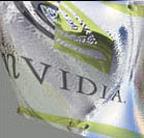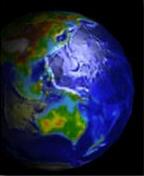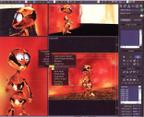|
|
 |
|
Workstation Smackdown (Nvidia Quadro DCC review) Added on: Mon Feb 04 2002 |
| Page: 1 2 3 4 5 6 7 8 9 10 11 12 13 14 15 |
Well Endowed Pixel and Vertex Shaders
 
And we reach the creamy center of the Quadro DCC, a feature set in use by Max4, Maya4, and soon XSI 2.0, programmable Pixel and Vertex Shaders.
What�s a pixel? You should be ashamed. You call yourself a 3D artist? Or maybe you just accidentally stumbled on 3dluvr thinking it was a porn site.
Here�s a quick review if you�ve forgotten, or just wondered in looking for a skin fix.
A pixel is derived from picture element, which is the basic unit of programmable color on a computer display or image. It's size is defined by the resolution of the display, and its color defined by the RGB scale. (If you didn�t know that, I suggest you go back to mowing lawns, or at least pretend that you already knew it.)
 So what�s this mean to you? Nvidia�s pixel shader technology allows for a predefine set of texture operations to be performed on a single pixel. So what�s this mean to you? Nvidia�s pixel shader technology allows for a predefine set of texture operations to be performed on a single pixel.
Per pixel shading engine, four texture operations can occur per pass, allowing for a variety of effects, ranging from simple bump mapping operations, to complex shadow maps and transparency. Below is a list of features possible with these pixel shaders.
Remember these are both programmable and are able to be used with current 3d applications.
 Shadow Mapping Shadow Mapping
Faster texture loads
Image convolution, up to 8x8 symmetric kernels
4096x4096 or 512x512x512 textures
Cube map sides can be up to 4096x4096x32-bit
YUYV textures (converted to RGB in back end)
Full image mode texture support Border colors and border textures
Hardware read/write synchronization Pass through colors
DX6 bump environment/luminance mapping
Simple dependent texture, S,T in alpha/red (AB) and blue/green (BG)
Isotropic Bi-Directional Reflectance Distribution Function based lighting (BRDF)
Dot product based textures for color or Z
True reflective bump mapping
|
 |
|
|





